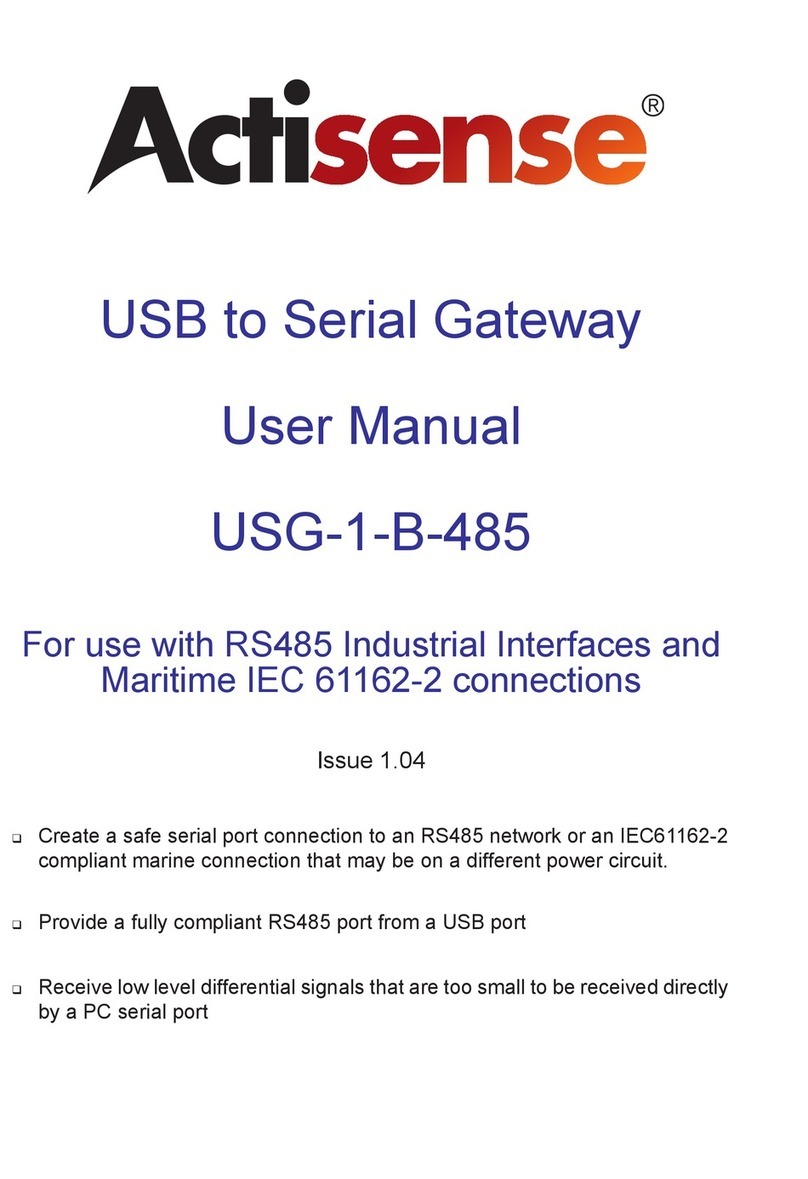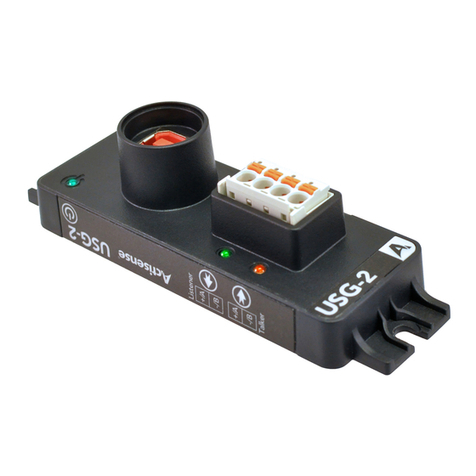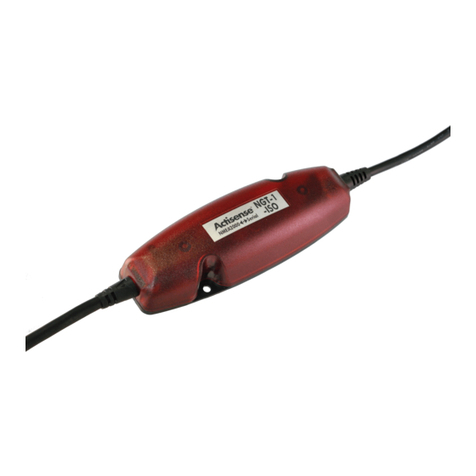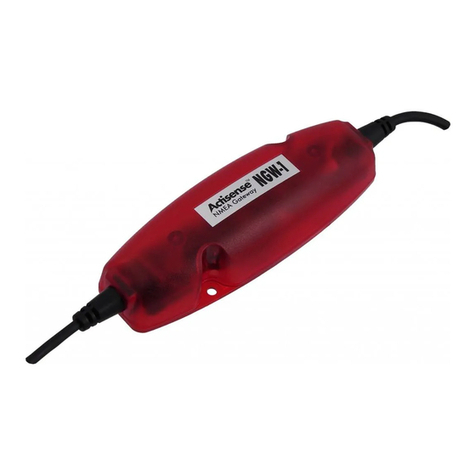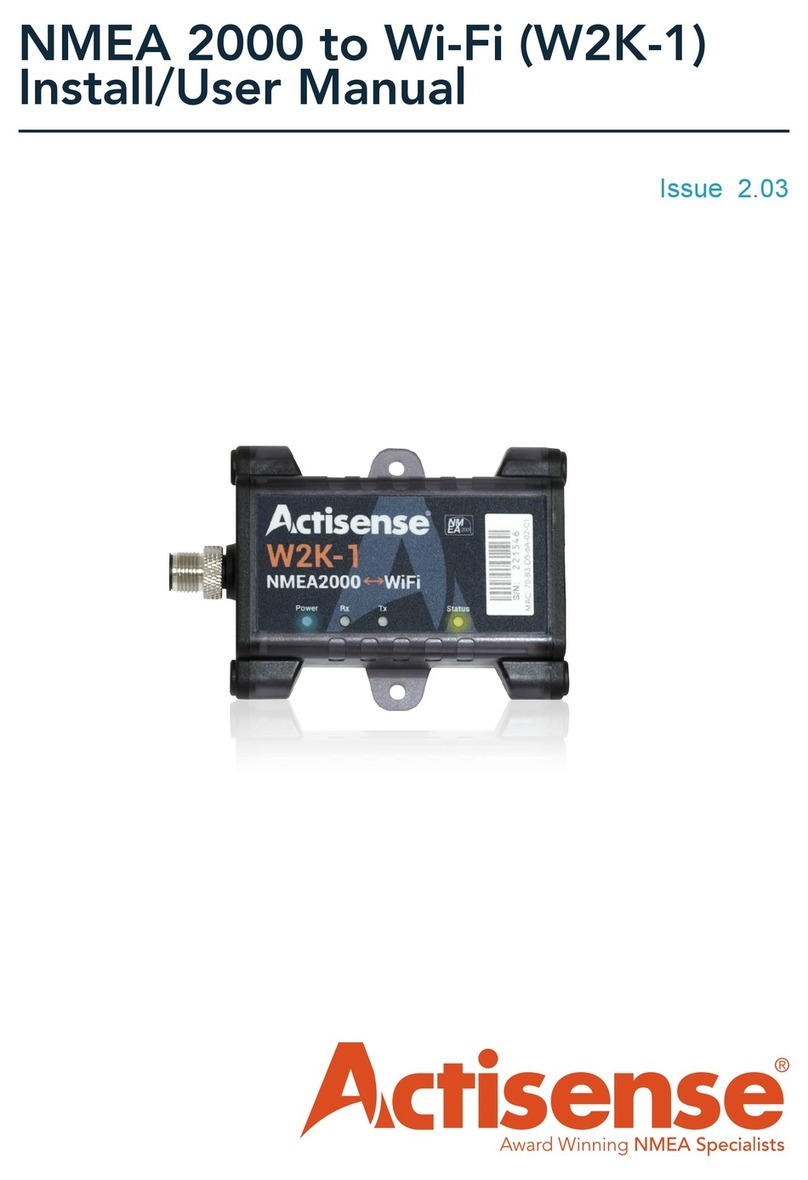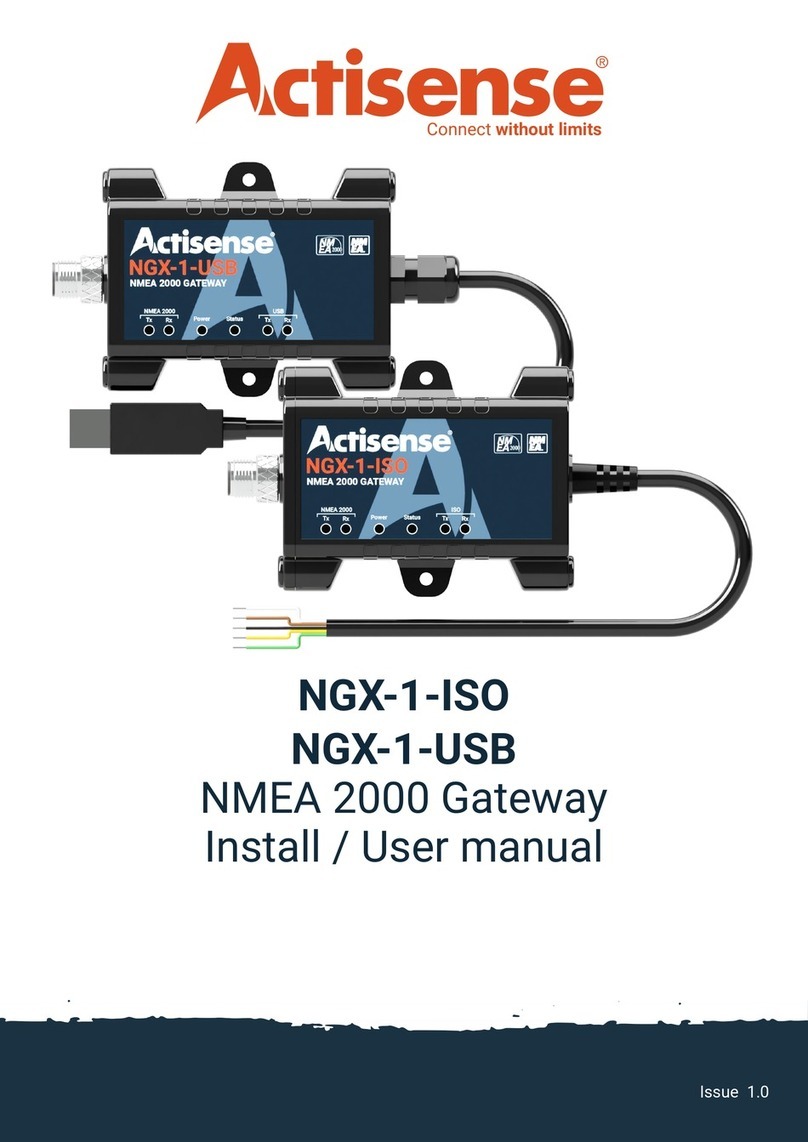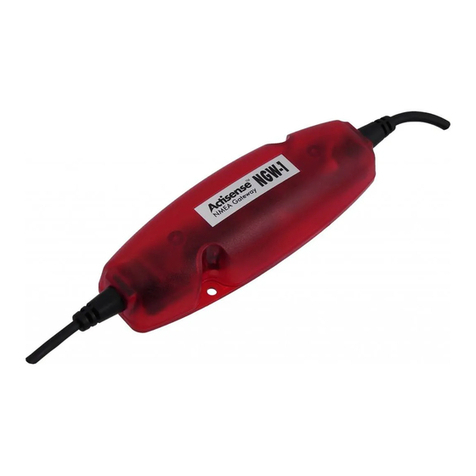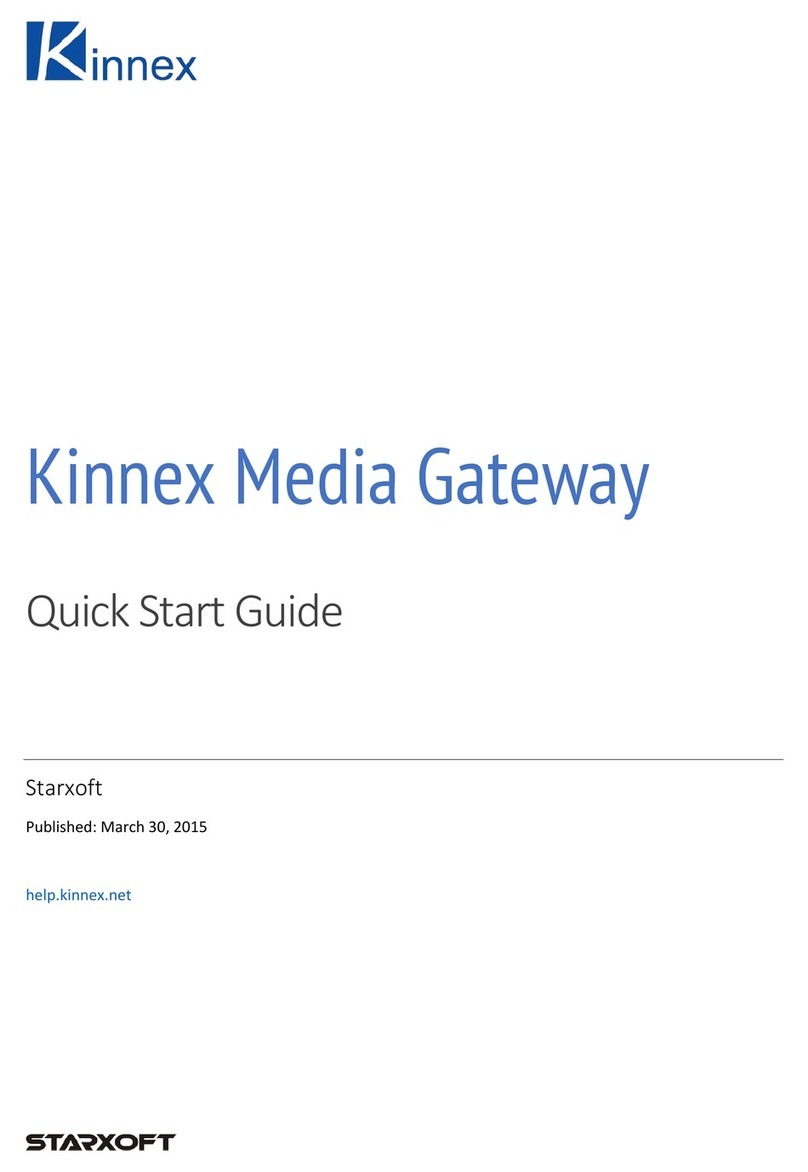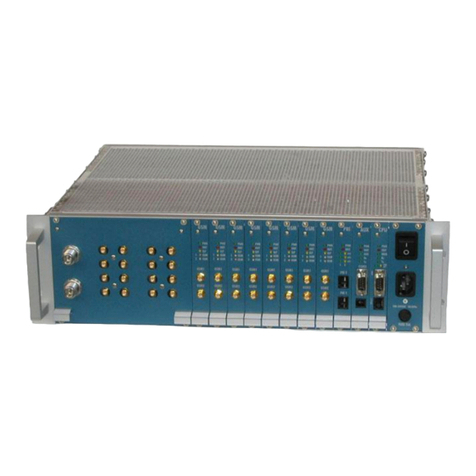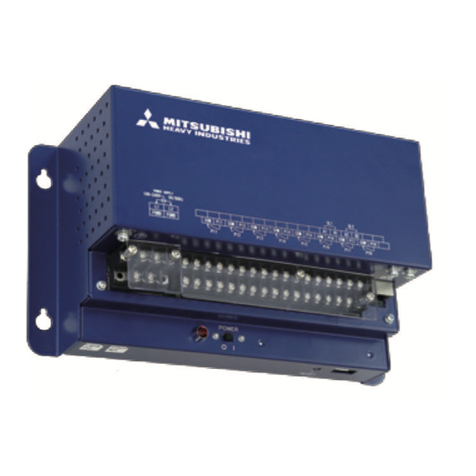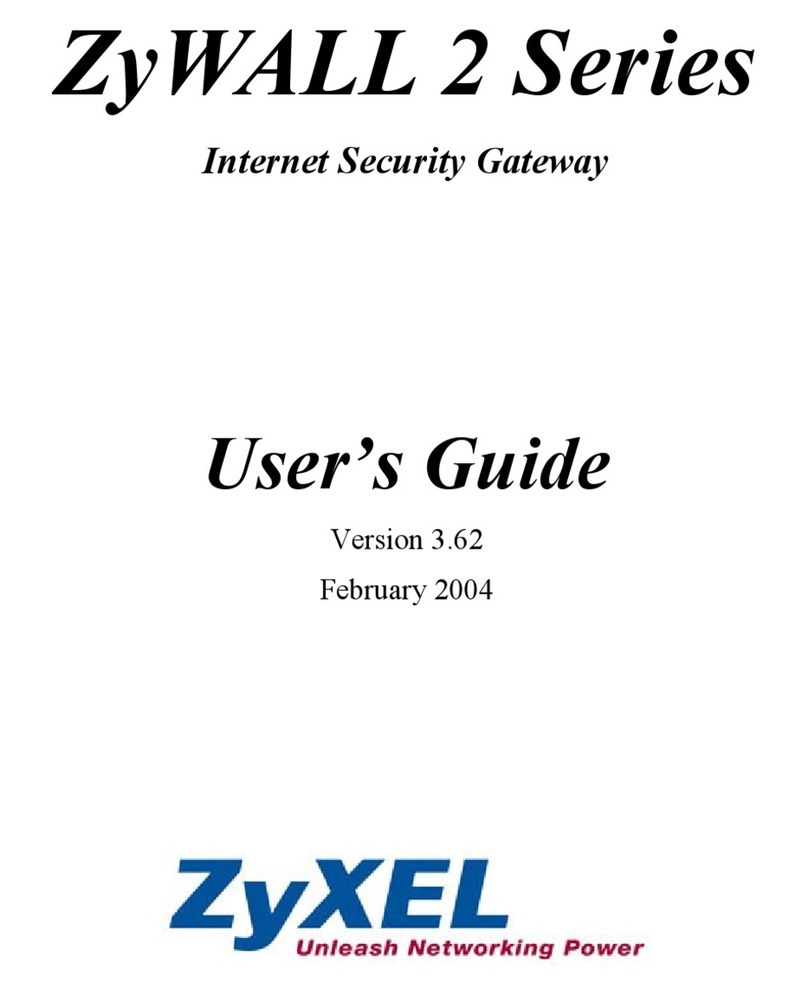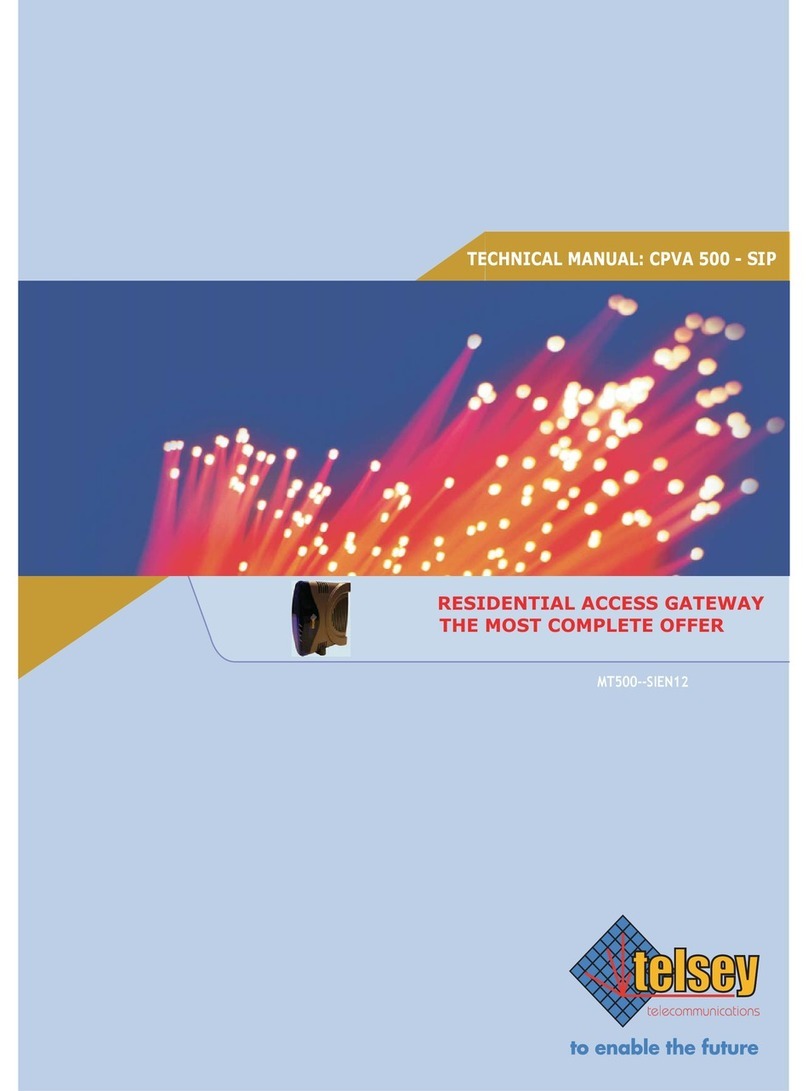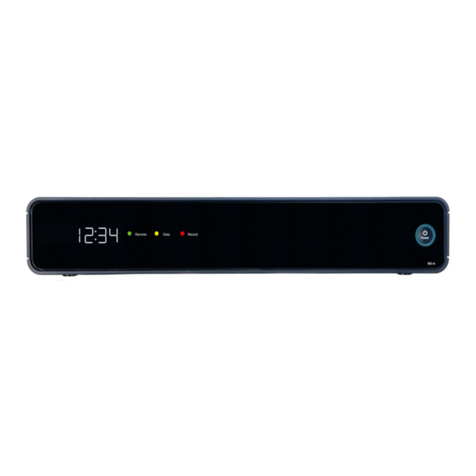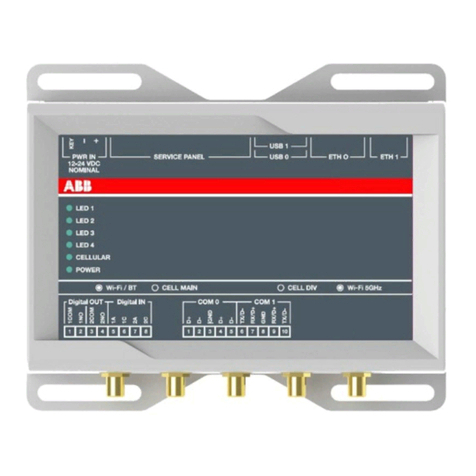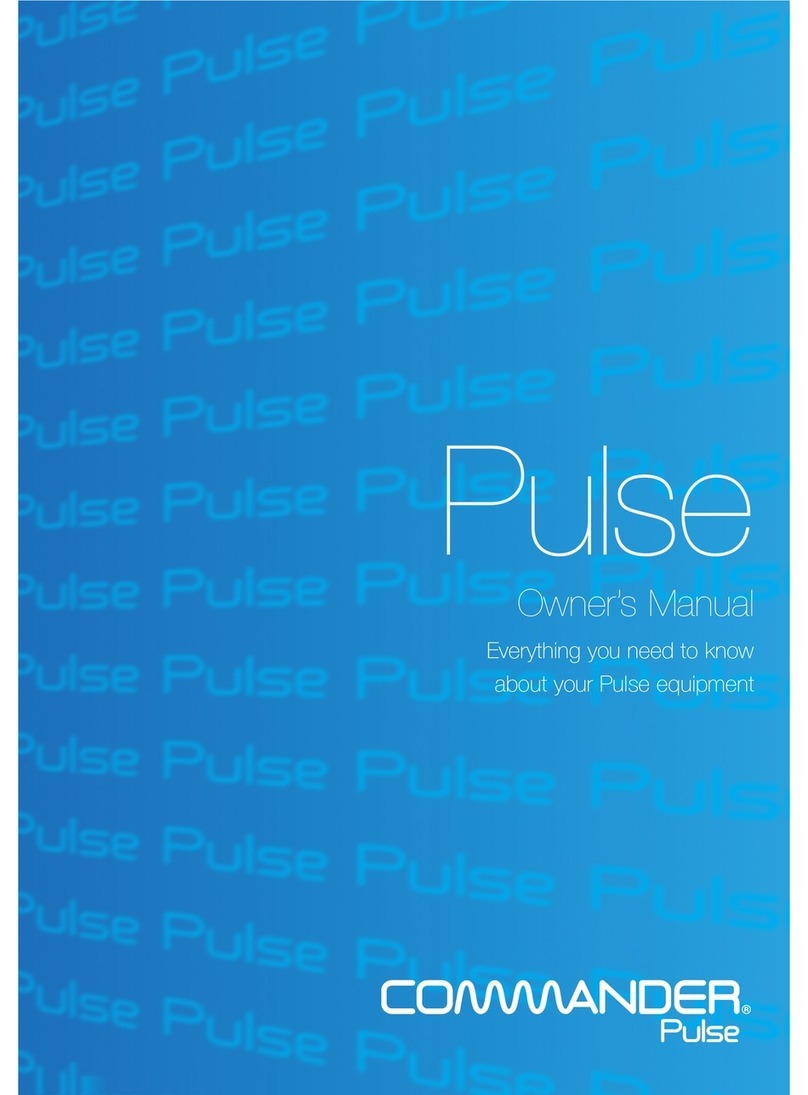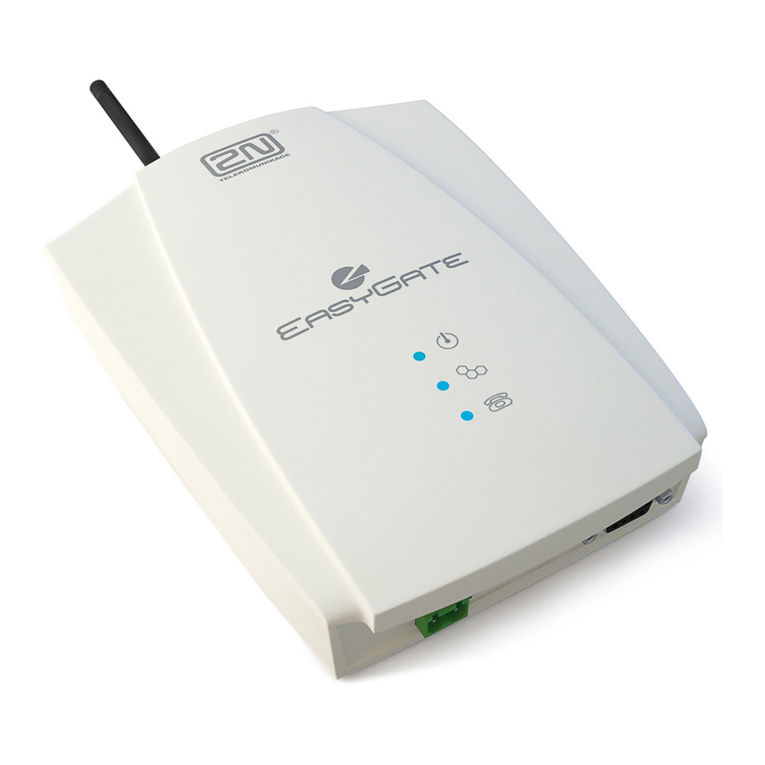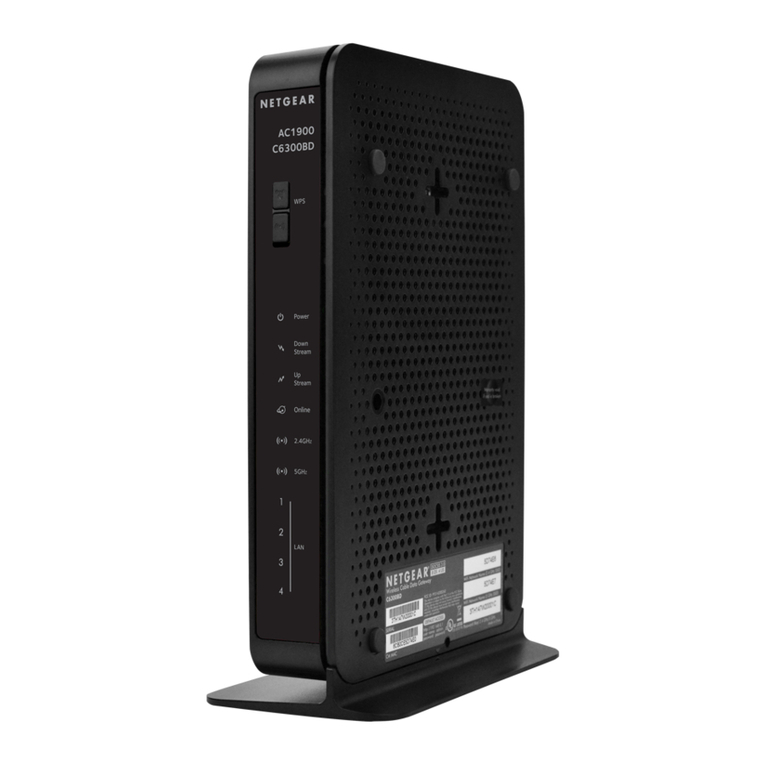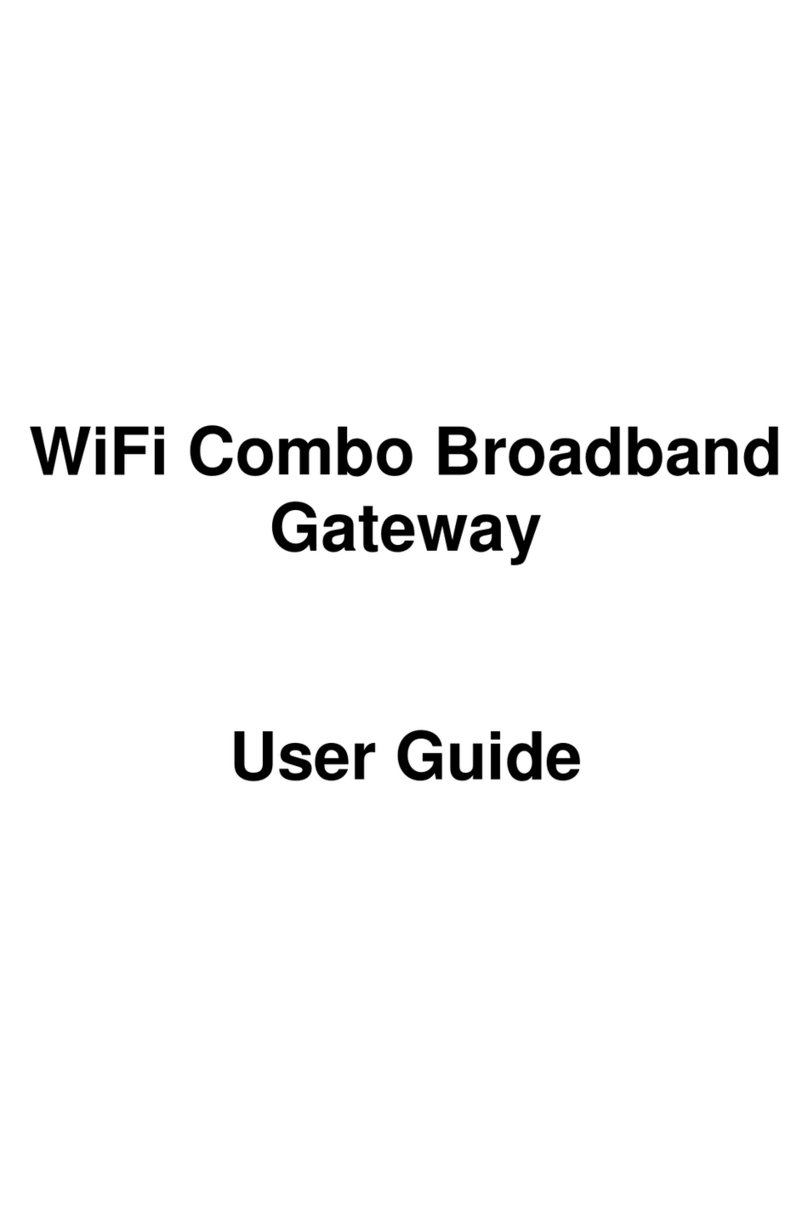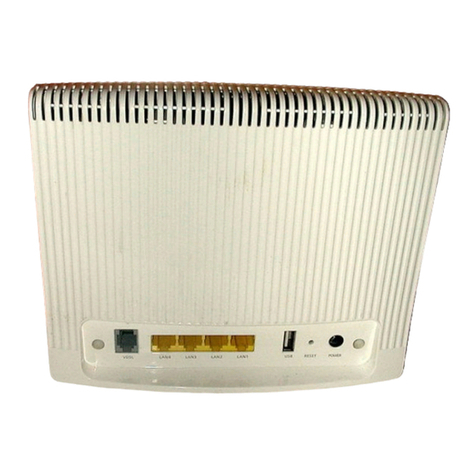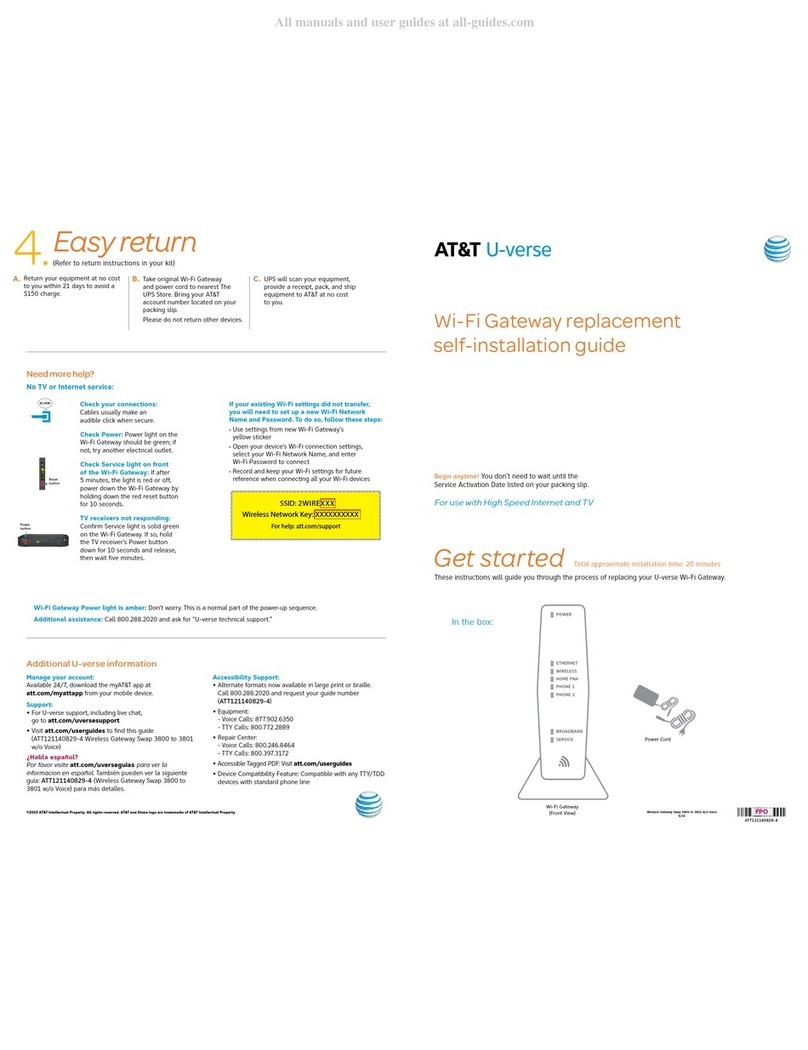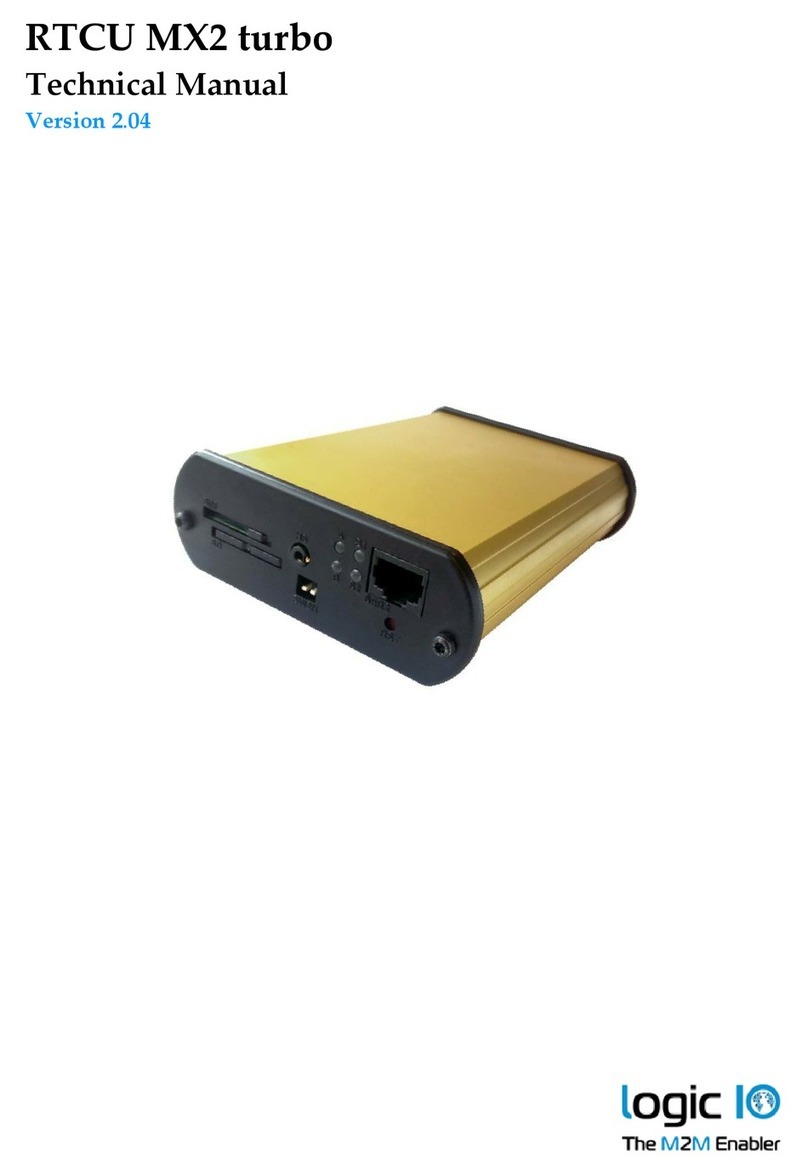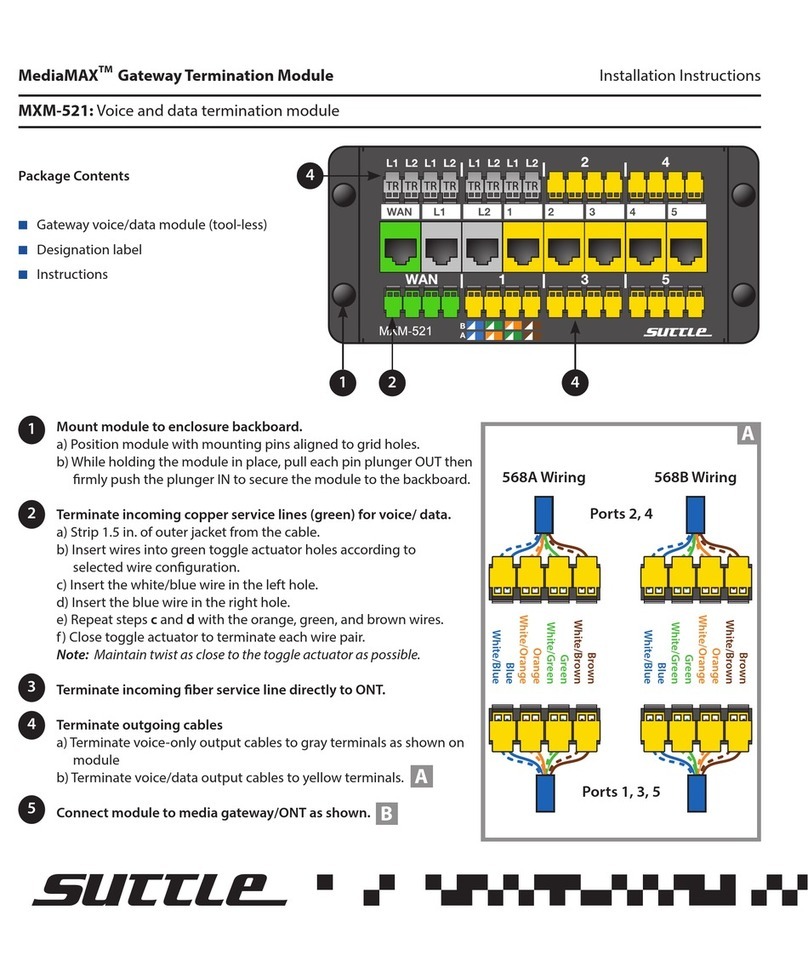
Page 4© 2009 Active Research Limited
Important notices
Actisense and the Actisense logo are registered
trademarks of Active Research Limited. All rights
are reserved. The contents of this manual may not
be transferred or copied without the express written
permission of Active Research Limited. All other
trademarks are the property of their respective owners.
The Actisense NMEA 2000 to NMEA 0183 Gateway
(NGW-1-ISO) is intended for use in a marine environment,
primarily for below deck use. If the NGW-1-ISO is to be
used in a more severe environment, such use may be
considered misuse under the seller’s guarantee.
The NGW-1-ISO has been certied to comply with the
European directive for Electro-Magnetic Compatibility
(EN60945), and is appropriately CE marked. Operation
of the unit should be in conjunction with appropriate
CE approved shielded connectors and cabling used in
accordance with the CE directive EN60945. Any EMC
related issues should be reported to Active Research
immediately to allow the company to rectify or resolve
EMC related problems in accordance with its obligations
under EN60945.
If the unit is misconnected so that compliance failure
occurs, the company shall not be held responsible for
compliance failure until suitable EMC guidelines for
connection are seen to have been taken.
Notices
When using this document, please note the following:
The products described in this manual and the
specications thereof may be changed without prior notice.
To obtain up-to-date information and/or specications,
contact Active Research Limited or visit the Actisense
website (www.actisense.com).
Active Research Limited will not be liable for infringement
of copyright, industrial property right, or other rights of a
third party caused by the use of information or drawings
described in this manual.
Active Research Limited will not be held responsible for
any damage to the user that may result from an accident
during operation of this unit when used in accordance with
this document.
Foreword
At Active Research Limited, we recognise that instructions
are often skipped, so we have aimed to write this
document in an informative and direct manner that will aid
the user. We have covered all the points a typical user
needs to know.
Please read all sections before installing and using the
NGW-1-ISO, and any referenced software programs.
Introduction
The NGW-1-ISO allows NMEA 0183 electronic equipment
to be connected to a vessel’s NMEA 2000 network. This
can allow equipment installers to adopt the NMEA 2000
network early, whilst connecting any existing NMEA 0183
devices to the new bus standard.
The NMEA 2000 network can reduce installation costs
of marine equipment and greatly reduce a boat’s wiring
harness complexity, leading to improved reliability and
reduction in unnecessary weight. Now only a single cable
is required from the bridge to the engines, sensors and all
other NMEA 2000 instruments on the boat
NMEA 2000 uses the “CAN Bus” system (prevalent in
most modern cars), to provide the quality and security of
data transmissions that the NMEA 0183 bus can never
hope to provide. This enables NMEA 2000 products to
achieve better transmission reliability in the passage of
data through the vessel.
The NMEA Gateway can transfer data from an NMEA
0183 source and place that data on the NMEA 2000 bus,
or it can take NMEA 2000 data from the NMEA 2000 bus
and make it available to the NMEA 0183 instrument.
Full information on the complete Actisense product range
and supporting software packages can be found on the
Actisense website (www.actisense.com).
